
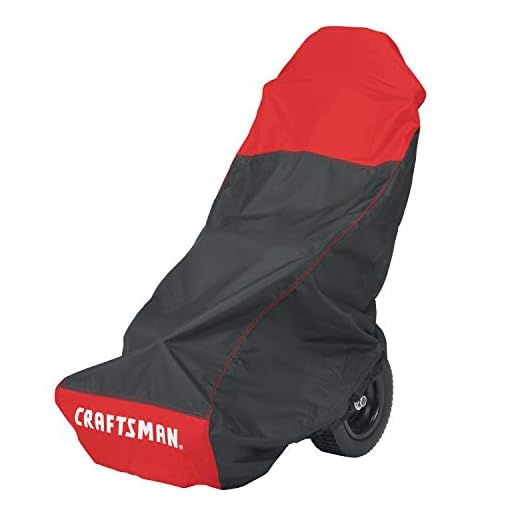
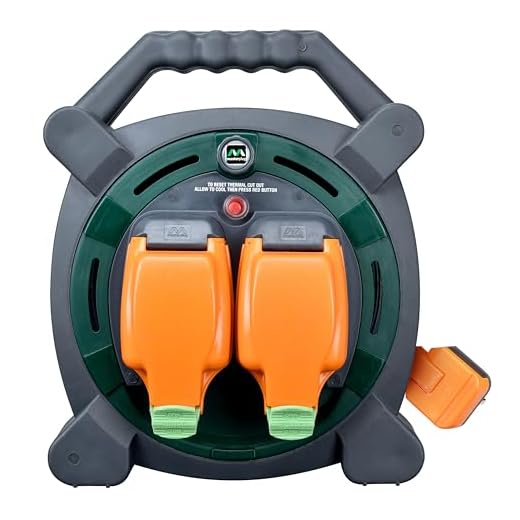

For long-lasting performance and reliability, placing your high-pressure cleaning device in a dry, temperature-controlled environment is advisable. Avoid areas where moisture can accumulate, as this can lead to corrosion and damage to internal components. A garage or dedicated storage cabinet acts as an ideal location, protecting it from environmental factors.
Consider organising your cleaning machine along with its accessories, such as hoses and nozzles, in a manner that allows easy access. Using wall-mounted hooks or shelving can help maximise space and prevent accidental damage. Ensure that the equipment remains off the ground to guard against flooding or spills.
If outdoor storage is necessary, employ a waterproof cover to shield the device from rain, snow, and UV exposure. Avoid leaving it exposed to direct sunlight for extended periods, as this can fade the exterior and affect functionality. A shaded area in a backyard or patio may also suffice, provided it remains sheltered from the elements.
Optimal Locations for Your Cleaning Equipment
Choosing the right location for your cleaning device is crucial for its longevity and performance. I recommend placing it indoors, preferably in a climate-controlled environment, to protect it from exposure to extreme weather conditions and moisture. A garage or utility room works perfectly, as these areas typically remain dry and sheltered.
Storage Conditions
Make sure the area is well-ventilated to prevent the accumulation of dampness. If storing outdoors is unavoidable, consider using a protective cover designed to shield against rain and direct sunlight. It’s vital to keep the equipment away from corrosive substances or sharp objects that might cause damage.
Maintenance Practices
Before placing your device away, perform a thorough cleaning. Empty and flush the detergent tank and hose, ensuring no residue remains. Additionally, disconnect the power supply and drain the remaining water from the system to prevent freezing in colder months.
| Location | Recommendation |
|---|---|
| Indoors | Best option; protects from weather |
| Garage | Ideal for convenience and safety |
| Utility Room | Keep it out of sight; utilises space |
| Outdoors | Use protective covering and avoid corrosive elements |
By following these guidelines and being mindful of your tool’s surroundings, you ensure better functionality and a longer service life. Proper placement and maintenance practices are paramount for keeping your cleaning device in optimal condition.
Choosing Indoor vs Outdoor Storage Location
For your cleaning machine, the best choice between indoor and outdoor placement hinges on longevity and condition preservation. I recommend prioritising indoor space whenever feasible. This reduces exposure to the elements, which can lead to corrosion and deterioration of components.
Here are key factors to analyse when deciding the location:
- Climate Control: Indoor environments typically maintain stable temperatures, minimising risks associated with freezing temperatures or intense heat.
- Protection from Elements: Rain, snow, and UV light can degrade materials over time. Indoor settings shield your equipment from these damages.
- Security: Keeping your cleaning gear inside decreases the likelihood of theft or vandalism.
- Accessibility: Ensure the indoor spot is easily reachable. Regular maintenance and usage become more convenient without hindrance.
If outdoor placement is your only option, consider a few enhancements to safeguard the unit:
- Use a heavy-duty cover to defend against rain and debris.
- Locate on a raised platform to avoid water pooling underneath.
- Keep the area clean and clutter-free to prevent accidental damage.
Ultimately, while outdoor arrangements may seem viable, they can significantly reduce your equipment’s lifespan and efficiency. Weigh these crucial aspects carefully to ensure optimal performance and durability.
Optimal Temperature and Humidity Conditions
The ideal environment for your cleaning unit is a temperature range between 5°C and 30°C. This range prevents the risk of freezing or overheating that can cause internal components to fail. Keeping your device within this temperature boundary will ensure the seals and hoses remain intact and functional.
Humidity Levels
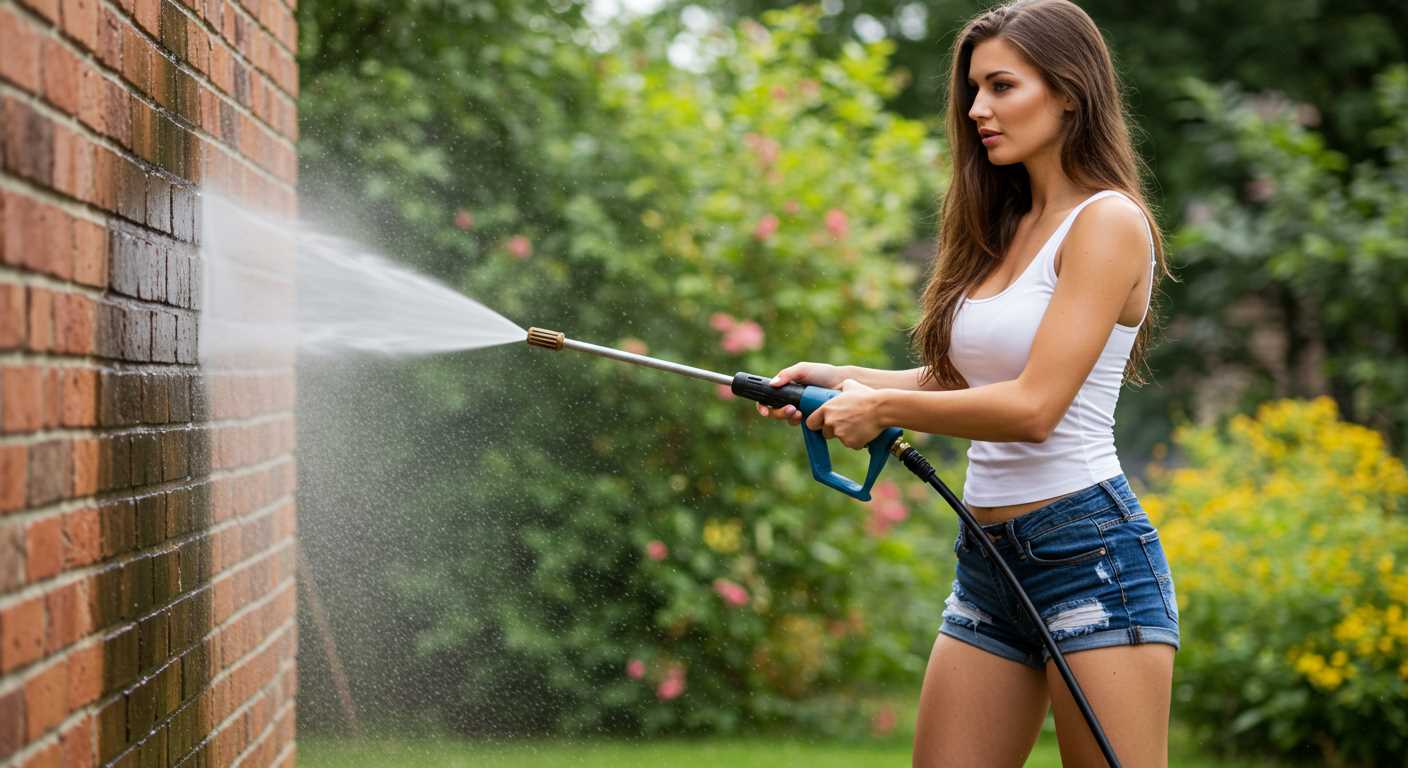
Target a humidity level between 30% and 50%. Excess moisture can lead to corrosion and rusting of metal parts, while too little can cause seals and o-rings to dry out and crack. Investing in a hygrometer can help monitor these levels, ensuring the air remains balanced.
Preventing Temperature Extremes
Proper insulation within the storage area can mitigate heat and cold extremes. If you live in an area with harsh winters, consider using insulated covers or storing the equipment indoors. For hot climates, keeping the unit in a shaded location or using ventilation can prevent overheating. Always check for any signs of damage before use, especially after periods of extreme temperature exposure.
Preventing Water Damage from Rain and Snow
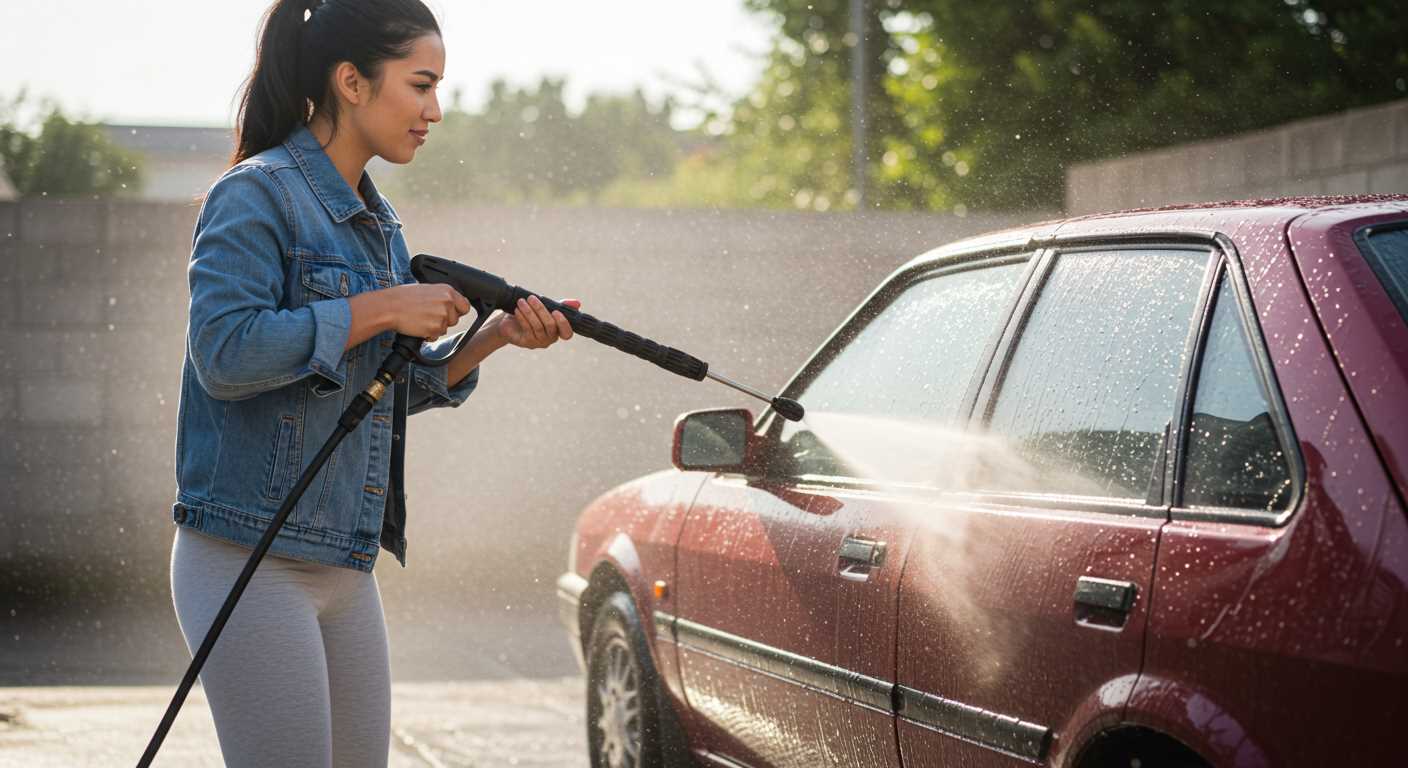
Always place your cleaning apparatus in a weather-resistant enclosure or utilize a protective cover specifically designed for such equipment. This minimizes exposure to rain and snow, which can lead to corrosion and damage over time.
Ensure the location has adequate drainage. Water pooling around the unit can seep inside and cause severe issues. If possible, elevate the base to prevent standing water.
Regularly inspect seals and connectors for wear and tear. If you notice any degradation, replace them immediately to maintain integrity and prevent moisture ingress.
Consider utilizing silica gel packets or dehumidifiers in the vicinity to absorb any excess moisture in the air, particularly in enclosed spaces. This helps create an environment less conducive to rust and mildew.
In regions with heavy snowfall, clear the surrounding area frequently to prevent buildup around the storage area. A layer of snow can create excessive moisture when it melts, jeopardising the functionality of your device.
Utilizing a comprehensive weather proofing approach, including reflective tarps or insulated covers, will enhance protection against harsh conditions. Make certain that any ventilation is sufficient to allow airflow without compromising the barriers you’ve put in place.
Importance of Securing Cleaning Equipment to Prevent Theft
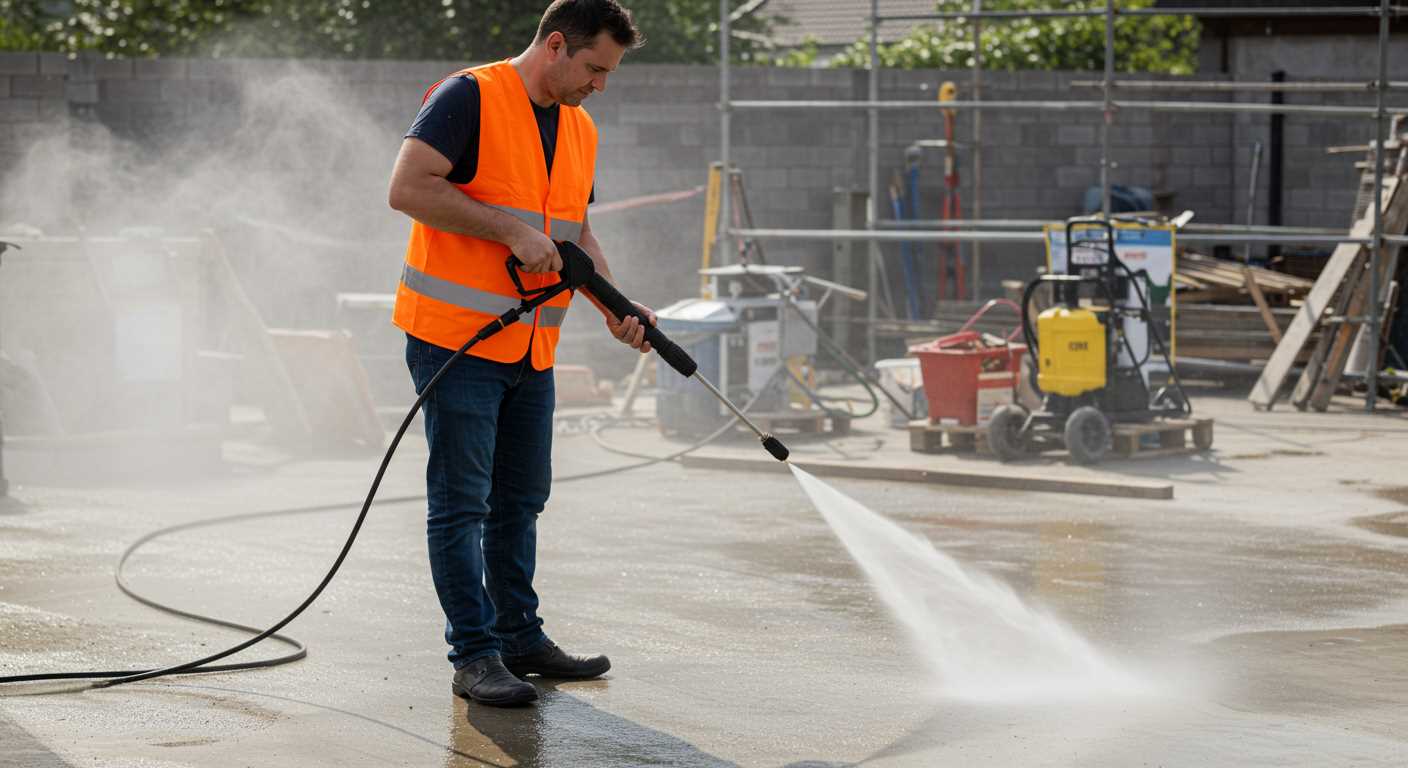
Theft prevention should be a top priority. Always use a high-quality lock to secure your equipment, especially if it’s stored outside. Consider heavy-duty chains or cables that are resistant to cutting.
For those who keep their devices in garages or sheds, installing a robust security system can provide added peace of mind. Motion sensors and cameras can deter potential thieves and provide evidence in case of an incident.
Marking your unit with a unique identifier or registering it with a local police database can improve recovery chances should it be stolen. Keep a record of the serial numbers as well, making it easier to report theft.
Another useful option is to invest in a secure storage box that can be anchored to the ground. This makes it substantially harder for thieves to simply grab and go.
Being a former consultant, I’ve seen many individuals overlook the importance of theft prevention. Always evaluate your storage area for vulnerabilities and act proactively to safeguard your valuable equipment.
Best Practices for Storing Accessories and Hoses
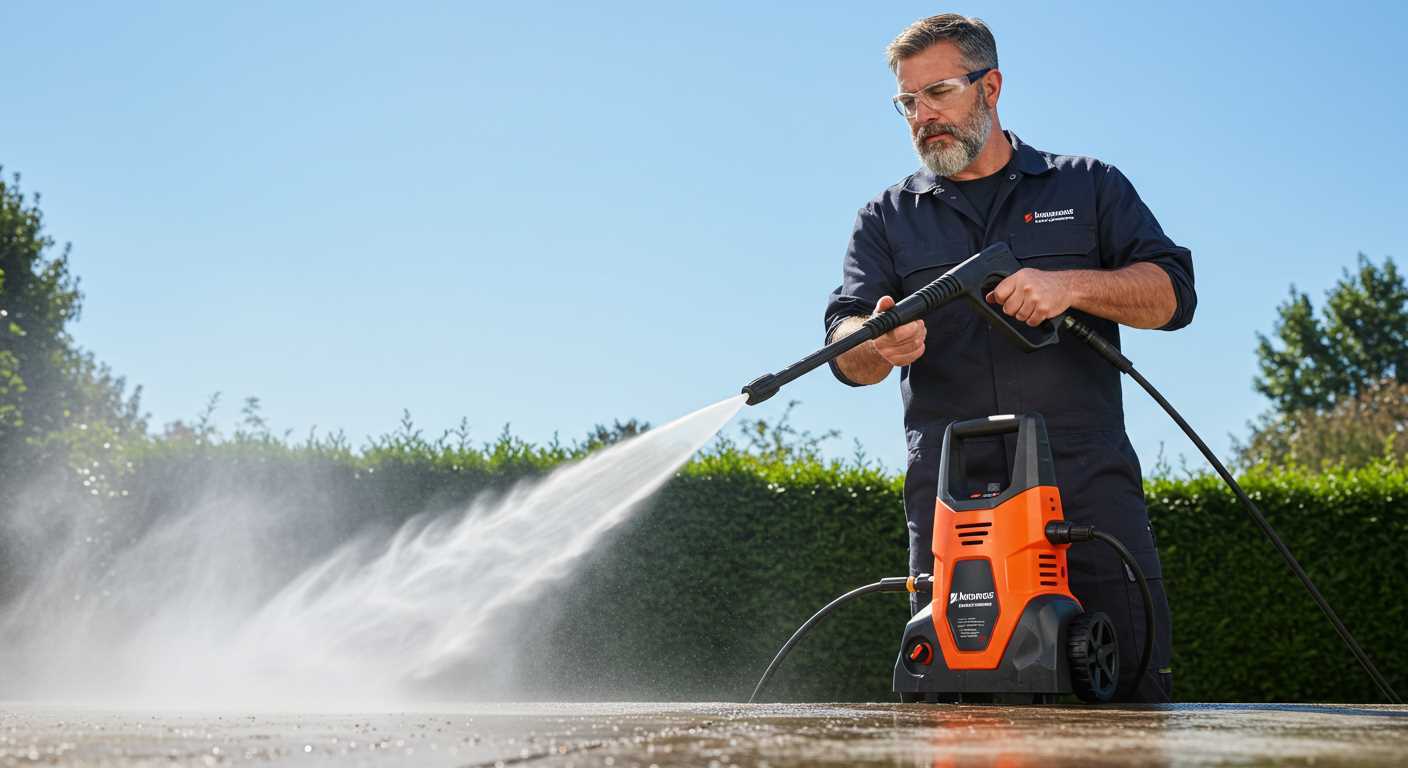
Keep hoses and attachments neatly coiled to prevent kinks and tangles. Use hose reels or clamps to secure them. This not only preserves their integrity but also makes them easy to access when needed.
Ensure all components are completely dry before placing them in storage. Any residual water can lead to mould or mildew, which can degrade materials over time. It’s advisable to let them air dry in an open area after use.
For long-lasting performance, consider using storage bins or dedicated organiser containers specifically designed for cleaning equipment. Clearly label each container for easy identification, especially if you own multiple types of hoses or nozzles.
Regularly inspect all components during storage for any signs of wear or damage. Replace any frayed hoses or malfunctioning attachments to maintain optimal safety and efficiency during your next cleaning task.
If you are in an environment prone to extreme temperatures or excessive humidity, consider using desiccants or moisture-absorbing packs in storage to help control the internal environment and protect rubber and plastic parts.
Lastly, store accessories away from areas that can be exposed to sunlight for extended periods, as UV rays can cause degradation. A shaded area or opaque containers are ideal to shield these items from harmful rays.
Maintenance Considerations for Long-Term Storage
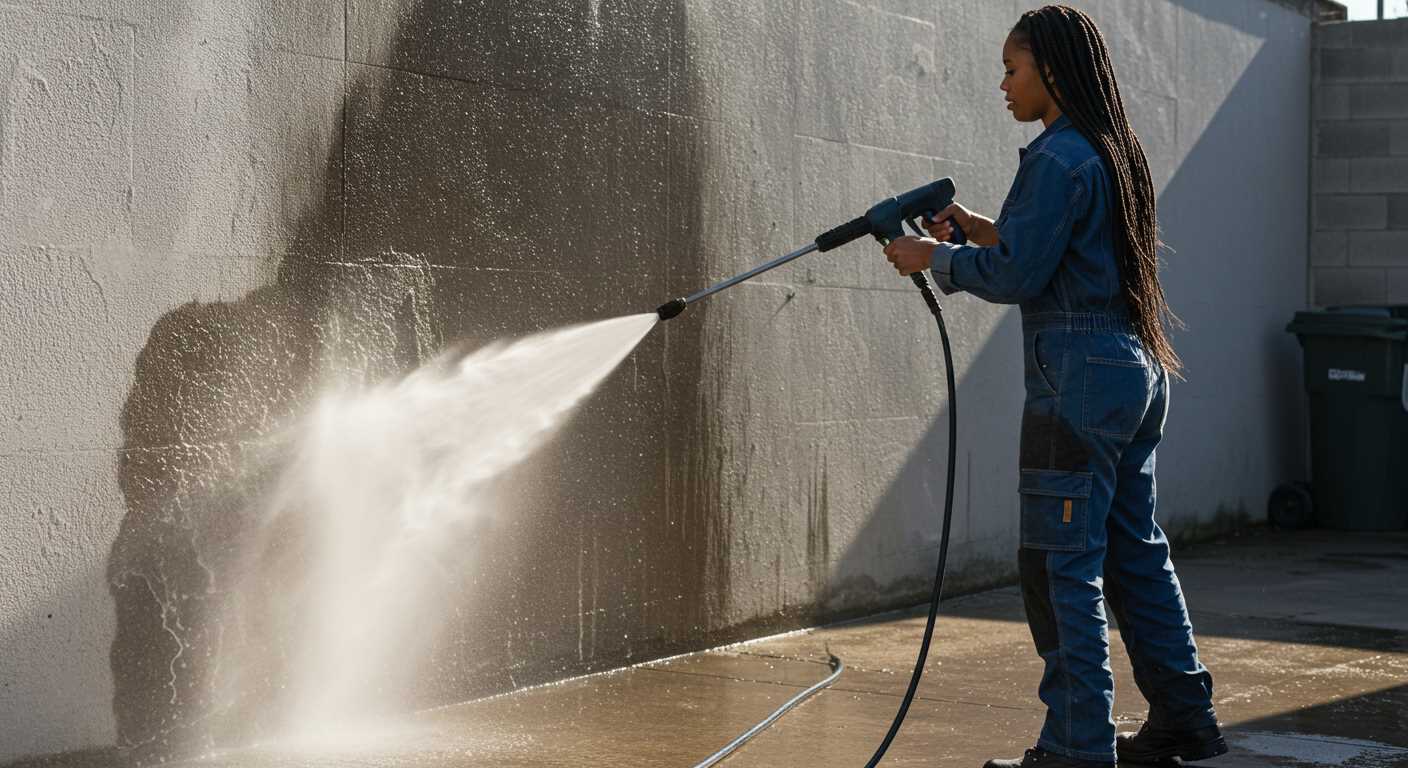
Before setting aside your cleaning machine for an extended period, it’s vital to prepare it properly to ensure its longevity and performance. First, drain all water from the internal system to prevent freezing damage or mould growth. Run the unit briefly without water to expel any residual liquid, particularly if it’s a model that retains water in the pump.
Next, for models using fuel, ensure the tank is empty or filled with a fuel stabiliser. This prevents degradation and buildup inside the fuel system, which can lead to costly repairs. If you opt to leave fuel in the tank, run the device for a few minutes after adding the stabiliser to circulate it through the lines.
Examine and clean the nozzles and filters. Clogged components can cause performance issues, so it’s best to ensure they are free of debris. Soak them in a cleaning solution, then rinse thoroughly and allow to dry completely.
Apply a light coat of oil to metal parts that are prone to rusting. This simple measure significantly extends the life of components exposed to moisture over time.
Lastly, removing and storing hoses correctly protects them from kinks and damage. Coil them neatly without sharp bends and keep them away from direct sunlight. When everything is prepped, place the unit in its designated spot, ensuring it’s protected from extreme temperatures and physical impacts.







